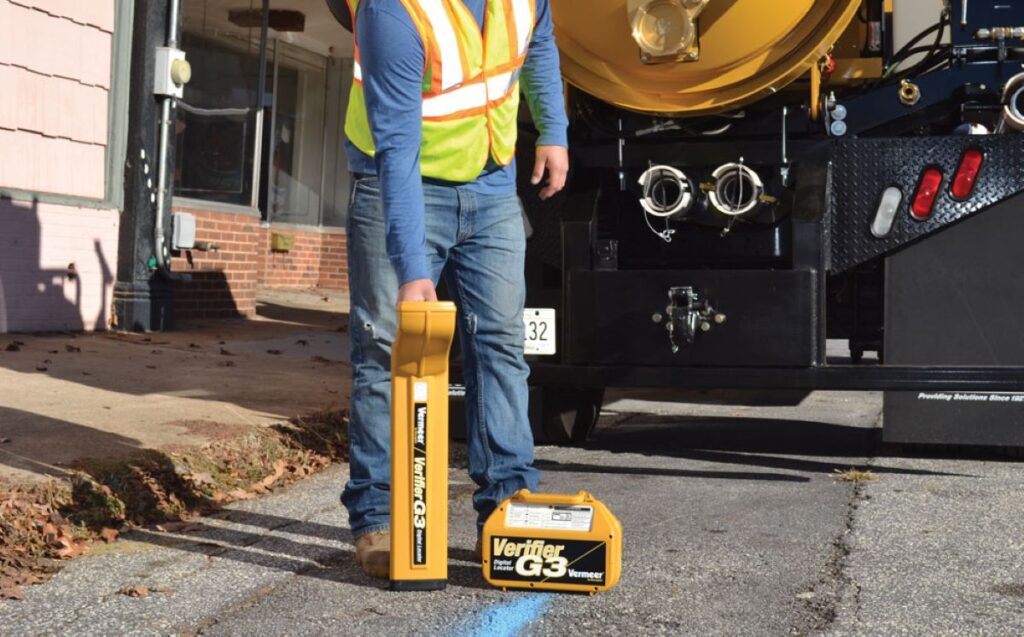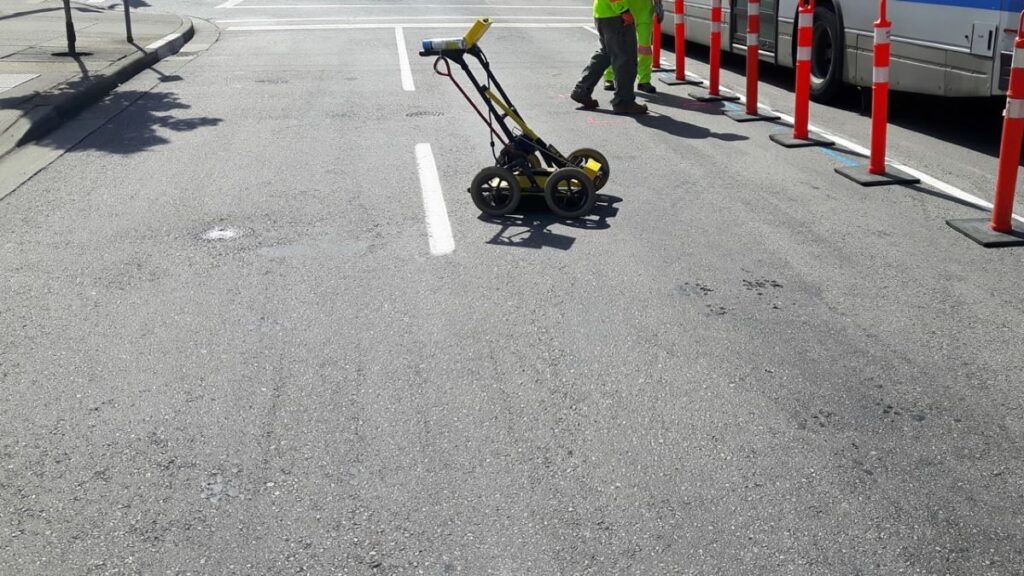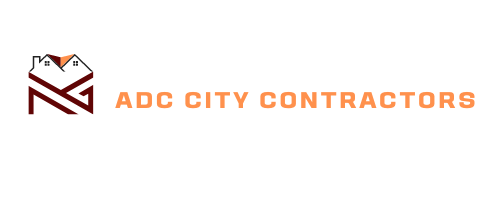In the realm of construction, the importance of thorough planning and preparation cannot be overstated. One critical aspect of this preparation is utility mapping, which involves identifying and documenting the location of existing underground utilities. This process not only enhances safety but also optimises project efficiency and reduces costs. As construction projects become increasingly complex, the need for accurate utility mapping has never been more vital.
Understanding Utility Mapping
Utility mapping is the process of locating and documenting the position of underground utilities, such as water, gas, electricity, and telecommunications. This information is crucial for construction projects, as it helps to prevent accidental damage to existing infrastructure during excavation and other construction activities. Utility mapping employs various techniques, including ground-penetrating radar (GPR), electromagnetic induction, and utility surveys, to create accurate maps of subsurface utilities.
The Techniques of Utility Mapping
Several methods are employed in utility mapping, each with its own advantages and limitations. Ground-penetrating radar (GPR) is a non-invasive technique that uses radar pulses to image the subsurface. This method is particularly effective for locating non-metallic utilities, such as plastic pipes. Electromagnetic induction, on the other hand, is used to detect metallic utilities by inducing an electromagnetic field around them. Utility surveys, which involve consulting existing utility records and plans, can also provide valuable information, although they may not always be up to date.
By combining these techniques, construction teams can create comprehensive utility maps that significantly reduce the risk of encountering unexpected utilities during excavation. This proactive approach is essential for maintaining project timelines and budgets. Moreover, the integration of advanced technologies, such as 3D modelling and GIS (Geographic Information Systems), allows for a more detailed visualisation of utility layouts, enabling engineers and planners to make informed decisions based on precise data.
The Importance of Accurate Data
Accurate utility mapping relies on high-quality data. Inaccurate or outdated information can lead to costly mistakes, including delays, damage to utilities, and potential safety hazards. Therefore, it is essential for construction teams to engage experienced professionals who utilise the latest technology and methodologies to ensure that the data collected is both reliable and comprehensive. Furthermore, the importance of maintaining an up-to-date utility map cannot be overstated, as urban environments are constantly evolving with new installations and modifications to existing services. Regular updates to utility mapping can help mitigate risks associated with urban development and ensure compliance with local regulations.
In addition to enhancing safety and efficiency, accurate utility mapping plays a vital role in environmental protection. By preventing accidental utility strikes, construction teams can avoid potential spills or leaks that might occur from damaged pipelines, thereby safeguarding the surrounding ecosystem. This aspect of utility mapping is increasingly relevant in today’s context of heightened environmental awareness and regulatory scrutiny, making it not just a matter of operational efficiency, but also of corporate responsibility and sustainability.
The Benefits of Utility Mapping
Implementing utility mapping in construction projects offers numerous benefits that can enhance overall project success. These advantages range from improved safety to cost savings, making utility mapping an indispensable part of the construction process.
Enhanced Safety
One of the primary benefits of utility mapping is the enhancement of safety on construction sites. Accidental strikes on underground utilities can lead to severe injuries, fatalities, and significant property damage. By accurately mapping the location of utilities, construction teams can avoid these hazards, ensuring a safer working environment for all personnel involved.
Moreover, safety regulations often require that utility mapping be conducted before excavation begins. Compliance with these regulations not only protects workers but also mitigates the risk of legal repercussions for construction companies. By prioritising safety through utility mapping, companies can foster a culture of responsibility and care on site.
Cost Savings
Utility mapping can lead to substantial cost savings throughout the construction process. By identifying the exact location of utilities, construction teams can avoid costly delays and rework caused by accidental damage. Additionally, knowing the location of utilities allows for more efficient planning and execution of excavation and construction activities, ultimately reducing labour and material costs.
Furthermore, utility mapping can help prevent project overruns, which can be financially devastating. By minimising the risk of unexpected utility strikes, construction teams can adhere more closely to their initial budgets and timelines, leading to improved profitability.
Improved Project Planning and Design
Accurate utility mapping provides invaluable information that can enhance project planning and design. By understanding the location of existing utilities, construction teams can make informed decisions regarding site layout, drainage, and other essential elements of the project. This foresight can lead to more efficient designs that accommodate existing infrastructure while minimising disruption.
Additionally, utility mapping can facilitate better communication among project stakeholders. When all parties have access to accurate utility maps, it becomes easier to collaborate and make decisions that align with the overall project goals. This collaborative approach can lead to more innovative solutions and improved project outcomes.

Challenges in Utility Mapping
While utility mapping offers numerous benefits, it is not without its challenges. Understanding these challenges can help construction teams better prepare and implement effective utility mapping strategies.
Access to Accurate Utility Records
One of the significant challenges in utility mapping is obtaining accurate and up-to-date utility records. Many utility companies maintain their records, which can vary in quality and accessibility. In some cases, records may be incomplete or outdated, leading to inaccuracies in mapping. This issue underscores the importance of engaging experienced professionals who can supplement existing records with field data.
Technological Limitations
While modern utility mapping technologies, such as GPR and electromagnetic induction, have advanced significantly, they still have limitations. For instance, GPR may struggle to penetrate certain soil types or be affected by the presence of other underground structures. Understanding these limitations is crucial for construction teams to select the most appropriate mapping techniques for their specific project needs.
Cost Considerations
Although utility mapping can lead to cost savings in the long run, the initial investment in mapping services and technology can be a barrier for some construction projects. However, the potential costs associated with utility strikes and project delays often far outweigh the initial expenditure on utility mapping. Therefore, construction teams should view utility mapping as a necessary investment rather than an optional expense.
Best Practices for Utility Mapping
To maximise the benefits of utility mapping, construction teams should adhere to several best practices. These practices can enhance the accuracy and effectiveness of utility mapping efforts, ultimately leading to more successful construction projects.
Engage Experienced Professionals
One of the most critical factors in successful utility mapping is engaging experienced professionals who specialise in this field. These experts possess the knowledge and skills necessary to utilise advanced mapping technologies effectively and interpret the data accurately. By collaborating with seasoned professionals, construction teams can ensure that their utility mapping efforts yield reliable results.
Combine Multiple Mapping Techniques
Utilising a combination of mapping techniques can significantly enhance the accuracy of utility mapping. By employing methods such as GPR, electromagnetic induction, and utility surveys, construction teams can create a more comprehensive picture of the subsurface utilities. This multi-faceted approach helps to mitigate the limitations of individual techniques and provides a more reliable foundation for project planning.
Regularly Update Utility Maps
Utility mapping is not a one-time task; it requires ongoing updates to remain accurate. As construction projects evolve and new utilities are installed, it is essential to keep utility maps current. Regularly updating these maps ensures that all stakeholders have access to the most accurate information, reducing the risk of errors and enhancing overall project efficiency.

Conclusion
Utility mapping is an essential component of successful construction projects. By accurately identifying and documenting the location of underground utilities, construction teams can enhance safety, reduce costs, and improve project planning and design. While challenges exist, adhering to best practices and engaging experienced professionals can help overcome these obstacles and maximise the benefits of utility mapping.
As the construction industry continues to evolve, the importance of utility mapping will only grow. By prioritising this critical process, construction teams can ensure that their projects are completed safely, efficiently, and within budget, ultimately contributing to the success of the entire industry.
Related : Key Tasks Performed by Construction Surveyors on Site
